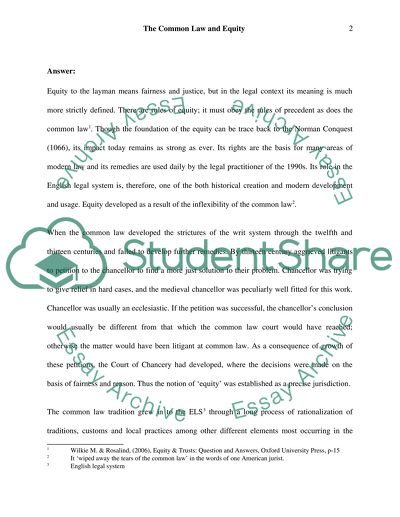Cite this document
(“Equity and Common Law Master Essay Example | Topics and Well Written Essays - 1500 words”, n.d.)
Retrieved from https://studentshare.org/law/1510629-equity-and-common-law-master-essay
Retrieved from https://studentshare.org/law/1510629-equity-and-common-law-master-essay
(Equity and Common Law Master Essay Example | Topics and Well Written Essays - 1500 Words)
https://studentshare.org/law/1510629-equity-and-common-law-master-essay.
https://studentshare.org/law/1510629-equity-and-common-law-master-essay.
“Equity and Common Law Master Essay Example | Topics and Well Written Essays - 1500 Words”, n.d. https://studentshare.org/law/1510629-equity-and-common-law-master-essay.


